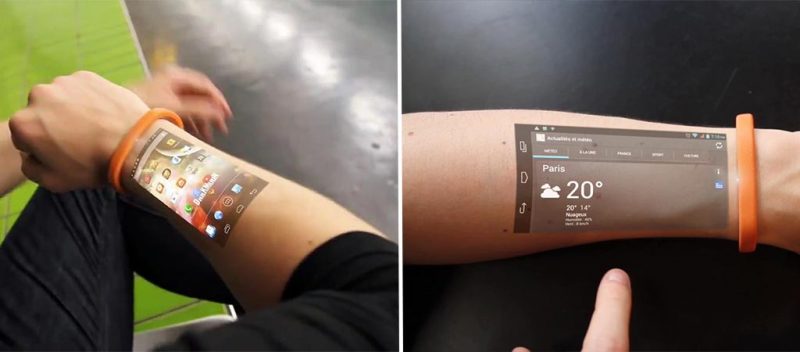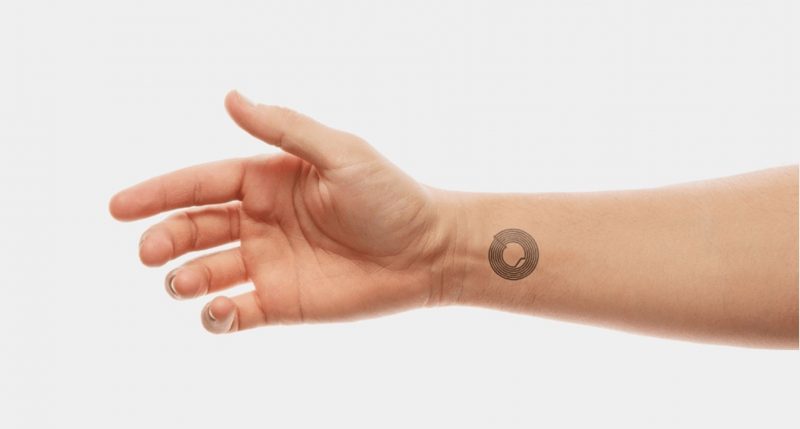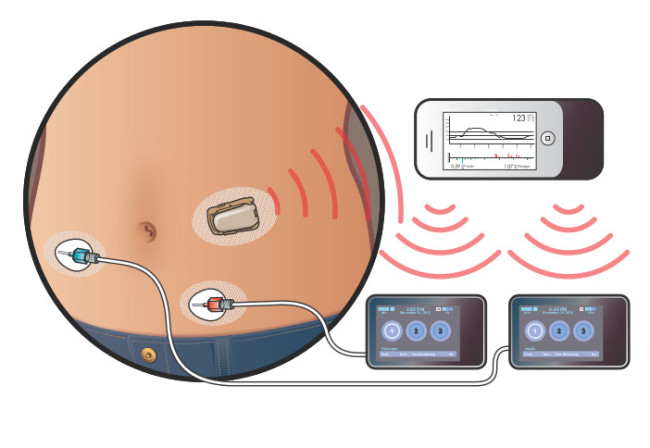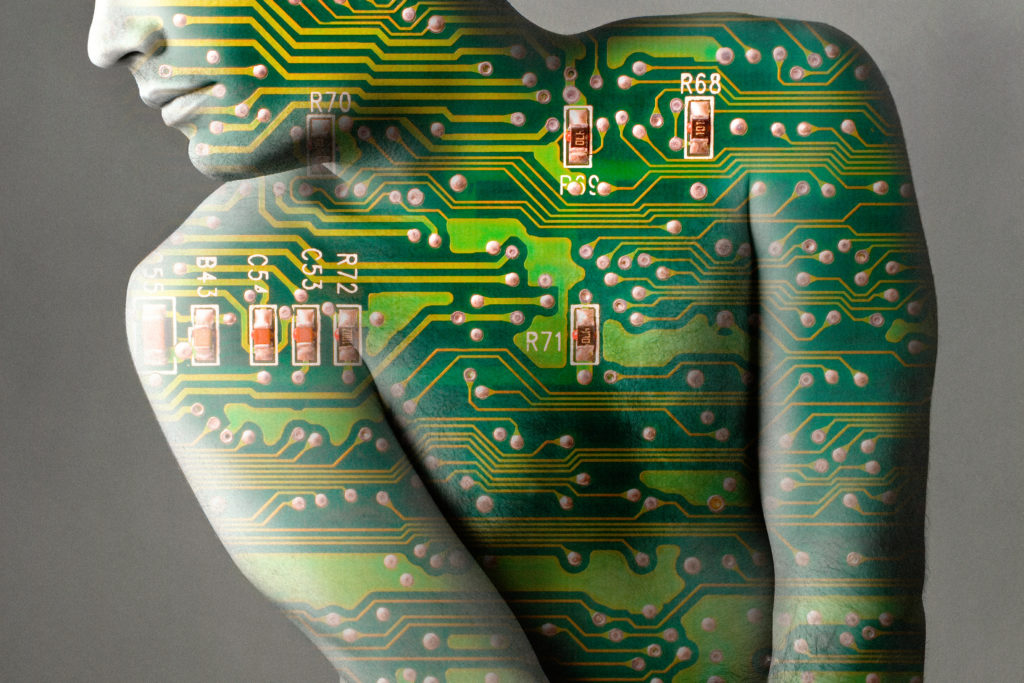The main interest of science today is linking technology to the human body. We are connected to our phones on many levels. For instance, phones today register our touch, inspect our vitals, and help us throughout our daily life. Wearables build on the concept of the bond between user and technology.
For example, we have smartwatches that track all the body vitals in real-time, helping the users in improving their lifestyle, and earphones that can do real-time translation to eliminate language barriers. Not to forget smart glasses that give the user an augmented reality.
Wearables are, in conclusion, a new trend of this age and perhaps something that defines luxury. The fashion industry working with the tech giants keeps on bringing new devices that fit into our lifestyles and determine the fashion trends. Take a look at watches, for instance, a few years back; you would hate the digital watch design. Today, Apple watches show the pinnacle of what smartwatches are capable of.

Wearables, like other technologies, are a transitional phase. It doesn’t matter how good we get at them. There is always going to be a limit. The one thing lacking is our connection to technology on an emotional level. But, what if these wearables could become a part of our bodies? If you’ve seen any sci-fi movie, this would seem like an obvious trait that they all possess.
As humans, we strive to make things as seamless as possible. Less manual inputs mean greater efficiency and more time saved. So, this is the basic notion behind the next generations of wearables or implants.
3D Printed Steaks? Discussing a new way of Meat production
A device that is connected to your body tissues, monitor, and helps them is called an Implant. An Implant is something as simple as a heart rate monitor or something advanced like the lenses that give you a display right in your eyes. The point is that implants are the future of smart devices, and we have a list of the most interesting ones in development.
Smartphone in your Body:
This concept a concept in works for a long time. The idea is to embed a complete smartphone inside the human body, so we don’t have to carry them anymore. A similar concept came out a few years ago by the name of the Cicret bracelet. This bracelet turned your wrist into a phone.

RFID is a technology that allows for wireless data transfers at close range. This concept is used widely used for smartphone paying solutions. Anthony Antonellis recently embedded a chip in his hand that used similar technology to transfer his drawings to a smartphone.
Similarly, a team at Max Planck Institute for Brain Research in Germany is experimenting with turning human bones into speakers. This will be very similar to piezo speakers we see on phones today. Instead of an actual speaker for calls, the new full-screen devices vibrate the display to produce sound.
In addition to that, all know that the human eye is capable of better imaging than any camera to this date. Building on this fact, some projects aim to capture images with a blink of an eye and then transfer images to storage with RFID. This means you can take pictures whenever you want, without waiting for anything.
Now there are privacy concerns, and it may seem weird to put a device in your hand or eyes. But we have to wait and see what the future of these devices has in store for us.
Smart Tattoos:
Wouldnt it be great if the tattoo on your arm wasn’t permanent and you could change it every day? The future of implants will allow this. Researchers at the University of Illinois are working to develop a mesh of sensors which is applied to the body with water. This Mesh consists of electronic fibers thinner than human hair, so it does not cause any irritation to the body.

These sensors provide data on various body parts. They can monitor heart rhythms, brain waves, and track your body during sleep. This technology can include enough capabilities in the future to serve as a medium between human-computer interfacing.
There is an option to arrange these sessions into anything, this means that the design team can work on various trending designs for people of various tastes.
A new innovative application brings X-Ray vision to Smartphones
The Nanosuit that we see in Crysis, a famous game, is built with similar concepts. This provides superhuman abilities to the person wearing it. It increases the speed and endurance of soldiers while blending them in with the surroundings. Who knows that in future this may evolve to an actual working prototype of the suit.
Self-Healing:
Self-healing is another concept for wearables that is straight out of Hollywood films. This ability lets the body cure itself after an injury in a matter of minutes. The small robots called nanites direct body cells to work efficiently.
While we are far away from injecting microscopic robots into our bodies now, some cyber implants help our body to tackle diseases. The Bionic pancreas created by researchers at America’s Boston University monitors blood sugar in the body and sends the data to a smartphone application.

Similar to this, a team of English scientists has developed capsules containing small computing units. These capsules monitor fat levels in the body and will help doctors advise their patients better. This capsule also includes a specific chemical that these circuits release when the fat levels are too high. The chemical kills the hunger drive of the patient and avoids further food intake.
While these are small steps, new brain interfaces are in development. Once science perfects communications with the brain, self-healing robots in bodies are not that far.
Smart Birth Control:
This MIT project by Gates Foundation aims to make birth control easy for individuals. They are working on a contraceptive chip that can be implanted inside a woman’s body. The device works by releasing contraceptive hormones in the human body.
The chip does not require a complicated surgery; it is as much invasive as a standard tattoo and works for up to 16 years. The device can be turned on and off at any time and will be extremely convenient to use. Dr. Robert Farra from MIT says that this device will help in a lot of couples in family planning.

Patients having a chronic disease can also benefit from this advancement. Doctors will be able to alter and regulate dosages remotely, and it will also make sure that the patient never misses a dosage.
These are some of our favorite implants that will come soon. There are countless other out there with people working day and night to improve the human lifestyle. Do let us know which one you think is the most exciting and helpful. If you find something interesting, leave it down in the comments so we can check that out too.


